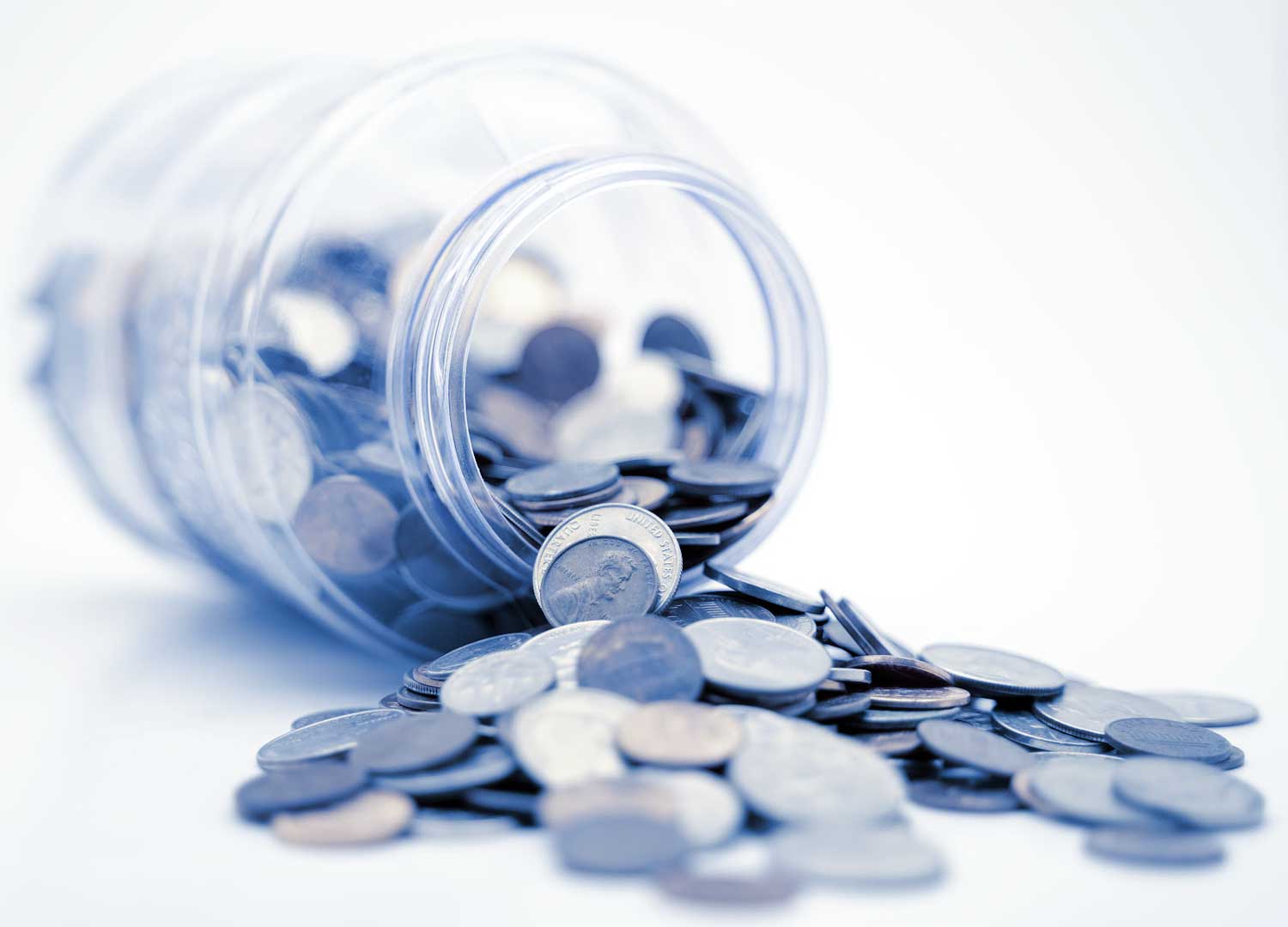Saving is anything but easy. While many Americans are aware that saving is a critical step toward achieving financial freedom, walking the walk is quite a challenge. Especially in today’s world, which is dominated by the culture of convenience. The truth is that for many people, after paying their rent or mortgage, auto loan, and other expenses, there is hardly enough money left to put away into a savings account.
Regardless of your financial status, saving should be part of your monthly plan. What remains to be determined is how much to put into savings each month.
Experts advise that you should have three to six months’ worth of income saved. How much you put away each month depends on your financial goals, income, family setup, age, and so forth. A widely accepted figure is around 10 percent of your monthly income. Learn more about the average amount Americans have in savings.
Why You May Want To Save
As we mentioned before, how much you put into savings each month depends on your financial goals. Short-term savings (for expenses within the next year) include end-of-year vacations, small purchases such as electronic gadgets, or hobby-related expenses such as ski equipment.
Medium-term savings goals are more significant. These include setting aside a few months’ income to keep you afloat if you lose your job. Alternatively, you might be thinking about purchasing a home and, therefore, need to save. Longer-term savings include things like a retirement fund.
The 50/30/20 Rule
If you would like to put some structure to your savings plan, then the 50/30/20 rule could be of great help. This simple guideline suggests that you allocate 50% of your monthly income to expenses that don’t change over time like rent, bills, utilities, and so on.
While these take up most of your income, you should structure your lifestyle so that they don’t exceed half of what you bring home. The next 30% is for you to do with as you please. This includes buying yourself a new phone, going out to have fun, shopping at the mall, and more. Discretionary funds shouldn’t exceed 30% of your income.
The rest of your funds—20%—should be dedicated toward financial goals, like savings and any investments you may want to make.
Boosting Your Savings
With around three-quarters of Americans living from paycheck to paycheck, having enough left over to save is regarded as a luxury. If you’re facing similar challenges, you can boost your savings by automating the process. Most banks allow you to set up an automatic transfer where a part of your paycheck is moved into your savings account, so you’ll never feel like it’s missing.
An increase in your paycheck provides the best opportunity to increase your savings. Instead of changing your lifestyle, you can transfer the extra amount to your savings account.
But even before you work on plans to boost your savings, you need to review your budget. Review your monthly expenses, cut down where you can to get the most gains, and put the recovered amount into your savings account.
Where To Put Your Savings
Where you put your savings is typically determined by your financial goals. Whether you’re planning a vacation, buying a home, keeping a few bucks for an emergency fund, or saving for retirement, it’s important to use the right account type. A checking account is perfect for frequent or regular expenses like groceries, rent, recreation, and so on.
This account, however, doesn’t offer any growth opportunities. A general savings account is ideal for short-term goals like emergencies. The account has an APY of about 0.01% up to 0.08% currently.
A high yield savings account at a regular bank typically offers up to 1% APY, but with Cashero wallet, you can get up to 5% APY, making it one of the best leading rates on the market today.
Key Takeaways
A healthy savings account is a much-needed cushion against life’s uncertainties. It doesn’t matter how little you earn or how small your start, the important thing is you’re taking the necessary steps towards achieving your financial goals.
When it comes down to developing a budget that speaks to your needs, we’ve provided the necessary tools. The 50/30/20 savings rule provides a good baseline for increasing your savings. Learn about the average bank account balance by age.
Wherever possible, choose the best savings account for your goal, and you’re all set. You’ll be pleasantly surprised at how much you’ll accumulate over time.
Content Disclaimer:
As of the date of publication, the information contained on this page is deemed to be factually accurate for all terms of conditions, features, and fees. Changes made to Cashero’s terms of conditions, features, or fees after the publication of this content may not be accounted for.
App Disclaimer:
The Cashero App is now available for download in both the Apple App Store and Google Play Store, though not all features are currently functional. Cashero has not yet officially launched.
